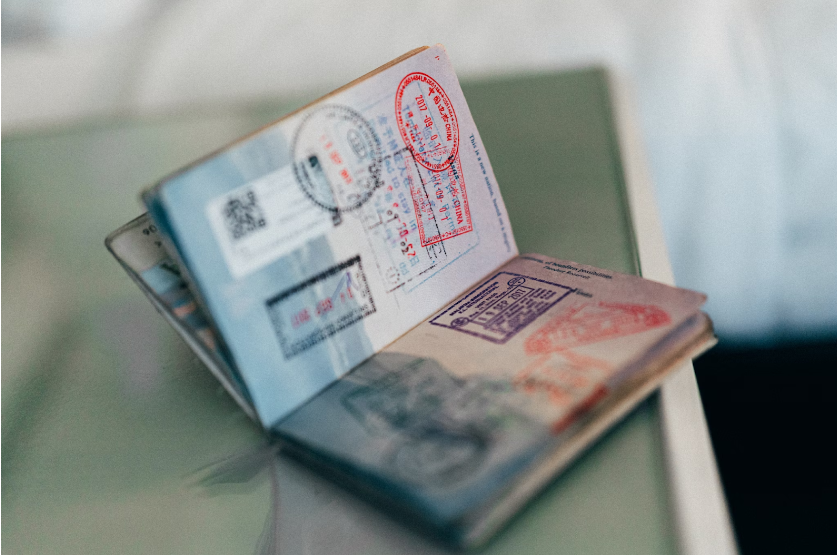The journey to unite with your fiancé(e) in the United States through the K-1 visa can be intricate, demanding a deep understanding of its legal requirements and challenges. This visa, specifically designed for the foreign fiancé(e)s of U.S. citizens, is a unique blend of personal commitment and legal procedure. This article delves into the essential legal aspects, challenges, and the process for K1 visa, offering a comprehensive guide for those embarking on this journey.
What is the K-1 fiancé(e) visa?
The K-1 visa is a non-immigrant visa that allows foreign nationals engaged to U.S. citizens to enter the United States. The primary purpose is to enable the couple to marry within 90 days of the foreign fiancé(e)’s arrival. Post marriage, the foreign spouse can apply for an adjustment of status to a permanent resident (green card holder).
Legal requirements
To be eligible for a K-1 visa, several criteria must be met:
- Proof of a genuine relationship: Applicants must provide evidence of a bona fide relationship. This can include correspondence, photos, travel records, and more.
- Physical meeting requirement: The couple must have met in person at least once within two years before filing for the visa.
- Financial stability: The U.S. citizen must demonstrate the ability to financially support the fiancé(e), meeting the minimum income requirements set by the U.S. government.
- Intent to marry: Both parties must intend to marry within 90 days of the foreign fiancé(e)’s arrival in the U.S.
- Legal ability to marry: Both individuals must be legally free to marry, meaning any previous marriages must have been legally terminated.
- Criminal history and medical examination: The foreign fiancé(e) must pass a medical examination and disclose any criminal history.
Application process
The process for the K1 visa involves several steps:
- Petition for alien fiancé(e): The U.S. citizen must first file Form I-129F, Petition for Alien Fiancé(e), with U.S. Citizenship and Immigration Services (USCIS).
- Document submission: After USCIS approves the petition, the case is forwarded to the National Visa Center (NVC), and then to the U.S. Embassy or Consulate in the foreign fiancé(e)’s country. The fiancé(e) must then submit necessary documents, including a visa application, proof of relationship, and other required forms.
- Interview and approval: The final step involves an interview at the U.S. Embassy or Consulate. If successful, the visa is granted.
Challenges in the K-1 visa process
Navigating the K-1 visa process can present several challenges:
- Extensive documentation: The need for comprehensive and accurate documentation can be overwhelming. Mistakes or omissions can result in delays or denials.
- Long processing times: The K-1 visa process can be time-consuming, often taking several months to over a year.
- Legal complexities: Understanding the legal nuances, especially in cases involving previous marriages, children, or legal issues, can be daunting.
- Cultural and language barriers: For foreign fiancé(e)s, language barriers and cultural differences can complicate the process.
- Adjustment of status: After marriage, the process of adjusting status to a permanent resident can be complex and requires additional documentation and interviews.
Overcoming challenges
To navigate these challenges effectively, couples are advised to:
- Gather comprehensive documentation: Collect and organize all necessary documents early in the process.
- Seek legal advice: Consulting with an immigration attorney can provide clarity and guidance, especially in complex cases.
- Prepare for the interview: Understanding the interview process and preparing accordingly can increase the chances of success.
- Plan for delays: Anticipate delays and have a flexible timeline.
- Maintain open communication: Strong communication between partners is crucial for navigating the process successfully.
Conclusion
The K-1 fiancé(e) visa process, while challenging, is a pathway that leads to a shared future in the United States for many couples. Understanding its legal requirements and preparing for potential challenges is essential for a smooth and successful journey. With patience, thorough preparation, and adherence to the process for the K1 visa, couples can overcome these hurdles and begin their lives together in the United States.



